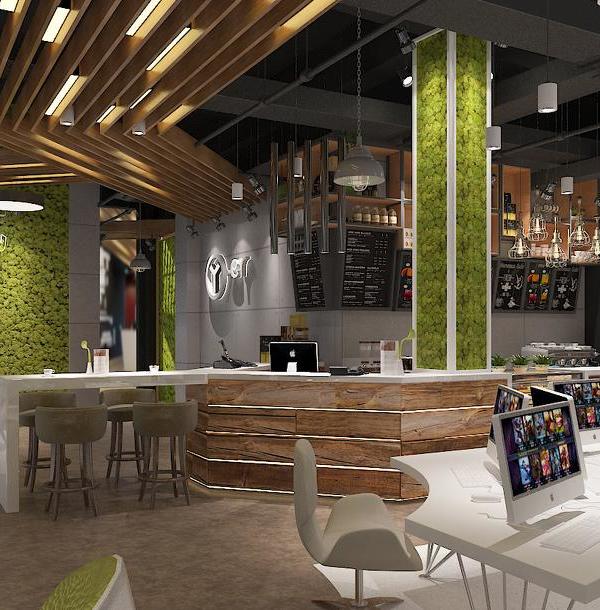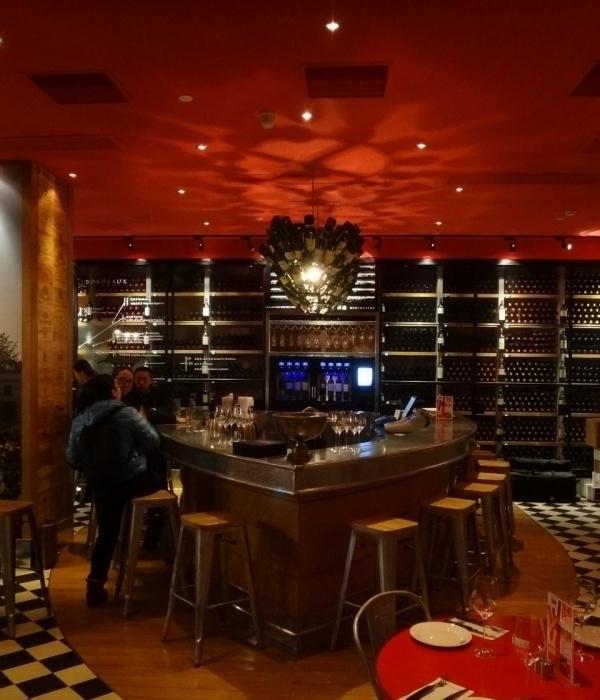Architects:Olson Kundig
Area :15790 m²
Year :2021
Photographs :Matthew Millman
Manufacturers : Columbia Forest Products, Majilite, Sherwin-Williams, Wilsonart, Abet , Daltile, Mamoleum, Milliken, Mondo Advance , Safe Landings , ShawContractColumbia Forest Products
Structural Engineer :Rutherford & Chekene
structural Engineer :Tipping Engineering
Civil Engineer :AECOM
Landscape Architect :Surfacedesign
Lighting Design :Niteo
Design Principal : Alan Maskin
Project Manager : Marlene Chen, AIA, LEED AP
Project Architect : Megan Zimmerman
Architectural Staff : Crystal Coleman, LEED AP, and Jerome Tryon
Exhibit Designers : Ryan Botts, Tessa Crespo and Jared Luther
Interior Design : Sarah Muchow, IIDA, NCIDQ
Interior Design Staff : Mike Lee
Owner's Representative : Whiteside Management
Boat Restoration : Spaulding Wooden Boat Center
Exhibit Fabricator (Interior Exhibits) : Pacific Studio
Exhibit Fabricator (Exterior Exhibits) : Gizmo Art Production
General Contractor : Cello Maudru
Mep Engineer : Integral Design
Wayfinding And Signage : Volume
City : Sausalito
Country : United States
Bay Area Discovery Museum (BADM) applies the latest early childhood education research to develop essential learning experiences that inspire and build creative problem-solving skills in children to transform the way they learn. The museum occupies a unique site at Fort Baker in the Golden Gate National Recreation area. Fort Baker, a former WW1 military base, overlooks the Golden Gate Bridge, the kind of beautiful and significant location that is rarely developed for children’s programming. The campus-wide master plan and renovation developed by Olson Kundig in collaboration with Surfacedesign honors the architectural integrity of the historic site and the museum’s child-focused mission, transforming the guest experience for each of the museum’s 350,000 annual visitors.
To reimagine the museum exhibits, architects and exhibit designers collaborated with early learning experts from BADM’s in-house research division. Five new permanent exhibits seamlessly incorporate the latest research into interactive activities and environments. Within the museum, children and their caregivers can learn about the world around them—and discover the impact of their own imagination, curiosity, and innovation.
Renovated and newly introduced spaces include Tot Spot, where infants and toddlers can explore landscape-themed rooms; How Things Work, which features everyday items cut in half to reveal their inner workings, sparking curiosity and introducing the power of systems thinking; Try It Studio and the Think, Make, Try® Classroom, which use playful, hands-on experiences to build on STEM learning concepts and introduce children to digital fabrication technologies like 3D printers and vinyl cutters; Faith, a rejuvenated commercial fishing boat sourced from nearby Bodega Bay; and Gumnut Grove, an outdoor space that offers an opportunity for older children to build confidence through adventurous outdoor play and age-appropriate risk-taking.
The master plan re-purposes two campus buildings for the museum’s updated programs and creates new research-backed permanent exhibits. A phased approach to planning and construction strategically positions the museum for longevity and long-term resilience.
“We know that children are not exposed to design and engineering at an early enough age, so BADM’s mission to introduce STEM concepts through play and creative experiences is exciting. The museum builds on this idea by creating an environment where access to that vital learning is explicitly equitable and every visitor has the opportunity to integrate that type of thinking into their life—the potential for where that can lead these children is limitless.” – Alan Maskin, Design Principal
▼项目更多图片
{{item.text_origin}}












